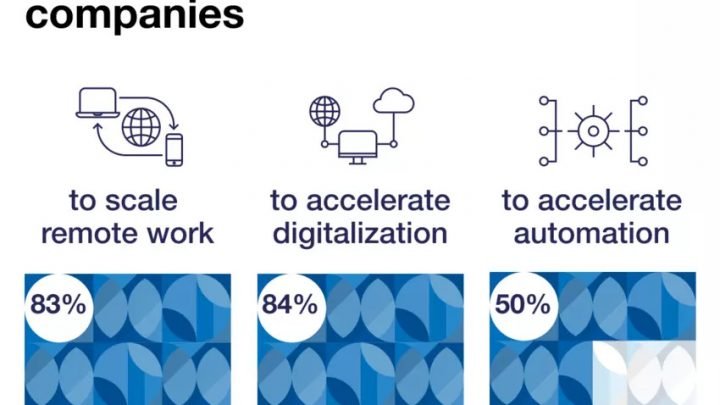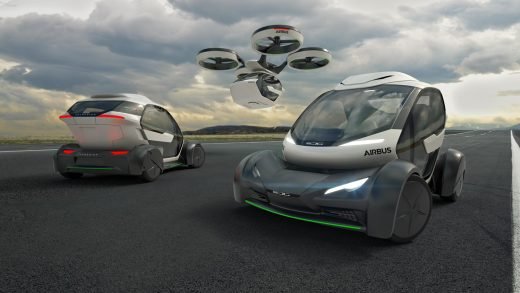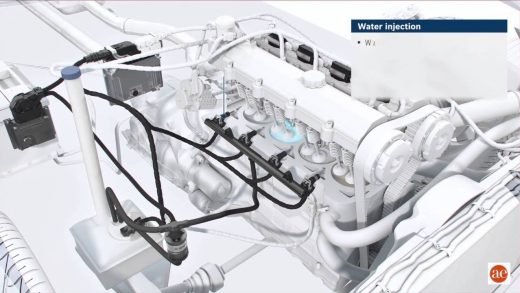Why government is a crucial catalyst for smart cities to succeed
A significant area of the Internet of Things where we will definitely see expansion next year is smart cities, with more and more countries across the world preparing for a tech-driven future. From Pittsburgh to Singapore, Helsinki to Hong Kong, cities are making smart additions to civilian life, looking to improve on our journeys to work, our life in the home and deepen our relationship with our urban environment.















Recent Comments